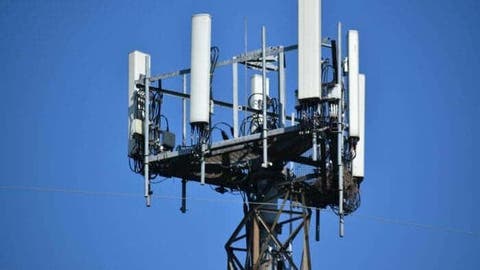Samsung Electronics announced that its network equipment subsidiary, Samsung Networks, used “mmWave 5G” network equipment to achieve an average download speed of 1.75Gbps at a distance of 10 kilometers. This is a new record high from Samsung. According to reports, the company partnered with Australia’s NBN Co. The partnership is in a recent field trial to utilize Samsung’s second-generation 5G modem chip’s 28GHz Compact Macro device. It also uses a third-party 5G mmWave customer premises equipment (CPE) for fixed wireless access (FWA).
In this test, the maximum download speed can reach 2.75Gbps. However, the average upload speed is 61.5Mbps. The 5G device combines a base station, radio and antenna. It is already in use by network operators in Japan, South Korea and the United States. Samsung claims that the device is working well in these regions.
Samsung technology helps operators aggregate mmWave 5G bands
Samsung’s beamforming technology allows different operators to aggregate mmWave 5G bands. This will help the operators achieve higher download and upload speeds. The company said the test used eight component carriers (8CC). This means it used 800MHz of mmWave spectrum aggregation.
NBN will need a total of AU$750 million, including AU$480 million from the Australian Government. It will use the fund to expand the coverage of its FWA network by 50 per cent. This will in turn improve Australia’s mmWave 5G network. Samsung claims the new achievement proves that mmWave 5G is equally applicable to densely populated urban areas and remote rural areas. This will narrow the communication gap between urban and rural areas.
Samsung introduced its memory roadmap at the Samsung Foundry Forum 2022 event. Samsung will enter the 1bnm process stage in the upcoming year, 2023. Furthermore, the memory chip capacity will reach 24Gb (3GB) – 32Gb (4GB). In addition, the native speed will be 6.4-7.2Gbps. In terms of video memory, a new generation of GDDR7 video memory will come out next year. Thus, the mid-term facelift of the new generation of AMD and Nvidia graphics cards may use GDDR7 video memory.
